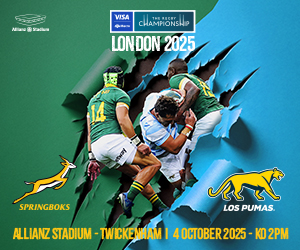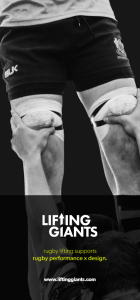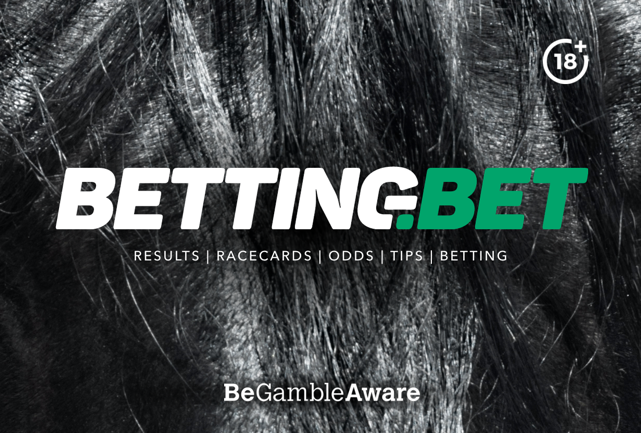THE MAN TRULY IN THE KNOW
Barry John shall forever occupy a unique place in the rugby Pantheon in celebration of his readiness to take a stand against gratuitous violence and risk his own safety.
As with every other aspect of his game, the revered Welshman hit back at the hatchet men of Hawke’s Bay in a form of protest requiring style and courage. At Napier on July 17, 1971, he did something no Lion had dared do before or since: he sat on the ball.
Like the proverbial red rag, the stunt put John in immediate danger of being kicked up the backside by a posse of desperadoes converging upon him. He rose in time, his 50-yard punt downfield forcing the whole shooting match to turn on their heels.
Only Barry John could have done that. Others with a point to prove would like to have done but, unwilling to run the risk of making asses of themselves, thought better of it.
At Napier that day when the locals set out to beat the Lions up only for Gerald Davies to answer them with four electrifying tries, his compatriot decided that somebody had to show the tourists’ contempt for their hosts’ behaviour.
“Hawke’s Bay that day just wanted to take people out, mainly Gareth Edwards,” John told me for the book Lions of Wales. “I’ve seen some awful things on a rugby field in my time but nothing to compare with what I saw in that match.
“I saw one of their props try and kick Gareth’s head off. Gareth was trapped in a ruck, the ball was a footand-a-half away from him and this bloke tried to kick him.
“If he had connected, I shudder to think what the consequences would have been. Fortunately, all Gareth could feel was the draught of the boot as it missed him by a whisker.
“When Gerald scored his four brilliant tries, the crowd did nothing to acknowledge any of them. They were pathetic. So when they kicked downfield with about ten minutes to go, I ran back to get the ball. I trapped it up with my backside and then I sat on it. They were charging at me and it sounded as if the whole crowd of 25,000 were shouting, ‘Kill! Kill!’
“I had taken the precaution of making sure I was inside the 25 before sitting on the ball. I left it as late as possible, picked the ball up and slammed it right back behind them so they all had to turn around.
“I was showing them, in a more subtle way, what I thought of them. I was totally disgusted by what had gone on. If this was rugby, what was the point in playing it?”
Back in the sanctuary of the dressing-room, John flung his boots across the dressing-room in disgust at what he and the Lions had been subjected to. And yet some critics appeared to think his mild show of contempt a more serious matter of the x-certificate stuff from the home team.
“They thought I was petulant and one paper made a reference to the effect that the halo was slipping,” he said years later. “I never asked anyone to put a halo there in the first place.”
Unlike many of his contemporaries, John was never slow to speak out about the dark side of the game.
Having played his last match two years earlier at the age of 27 and started a new career in journalism, the Daily Express wanted to send him to South Africa two years later for the final weeks of the Lions’ invincible tour.
His exploits on the New Zealand tour three years earlier still fresh in the memory, Barry put his job at risk by refusing to go lest he was seen to be basking in the glory of former team-mates. He always maintained that had he gone he would have criticised the Lions for doing something similar to Hawke’s Bay in 1971.
“It’s just as well I did not go because I would have had to castigate the team for the dirty play I witnessed on my television screen back home in Wales,” he said in his autobiography Barry John: The King. “This was the tour where the Lions used the infamous ‘99′ call.
“If any Lion felt he was being kicked or punched, he would shout ‘99′ and his team-mates would rush to join in, hitting the nearest Springbok, whether that Springbok was involved in the incident or not.
“If their actions had taken place off a rugby pitch and on the street corner instead, I have no doubt they would have been hauled up in court on charges of actual bodily harm. The saddest thing of the lot is that Willie-John McBride’s Lions were such a fabulous rugby team there was simply no need for this ‘99′ business.”
John brought so much beauty to the game that he, perhaps more than anyone, had a right to be up-in-arms whenever he saw that beauty disfigured by brutality. Nor did he allow the purity of his game to be sullied by money, be it wads of the stuff from rugby league and NFL.
His short career drew two major offers from Wigan and one from St Helen’s, that at a time when the man himself was out of work having given up his teaching job to tour South Africa with the Lions in 1968.
Five years later he turned down £120,000-a-year to kick goals for a new grid-iron franchise in Southern California.
Rugby never had a Pied Piper like Barry John. A few fly-halves who followed him, most notably the trio of Jonathans (Davies, Wilkinson and Sexton) brought new converts but none, surely, on the scale of ‘The King’ in the early Seventies.
He enriched the sport worldwide and never received a bean for his trouble. “Yes, of course, I had regrets,” he once told me. “I’d love to have gone on for three more years at least but, as an amateur, I had a job to do as well.
“Whenever I went back to the office, it was chaos. People came in just to stand and look at me. I never sought adulation. That’s probably why I ran away from it.”
Of all the Welsh outside-halves to have entered Twickenham on Test duty since Dick Jones of Swansea showed them all the way in 1910, only one finished up being ambushed as he left Billy Williams’ old cabbage patch for the last time in January 1972.
Barry John had been intercepted on his way to the dressing room, not by fans but by a renowned Irish television presenter with a large red book, Eamonn Andrews of This Is Your Life fame.
Not for nothing did his footballing friend George Best call him ‘a 24-carat gem….’
Willemse not the first to see double red
PAUL Willemse may not be too miffed to learn that he was not the first player to be sent off twice in the Six Nations, in his case against Wales in Paris three years ago and Ireland in Marseille nine days ago.
His former Montpellier team-mate, Mohamed Haouas, beat him to the punch against Scotland in Paris last year, an action replay of what the ex-France tighthead had done against the same opposition in Murrayfield in 2020. Ireland’s Bundee Aki and the All Black Scott Barrett have also been sent off twice in Tests.
Only one player has suffered that fate more often, Tomas Lavanini. The Argentinian second row started his treble during the 2017 Rugby Championship, saw red again against England at the 2019 World Cup and stumbled into the hat-trick in Dublin during the 2021 autumn series.

























